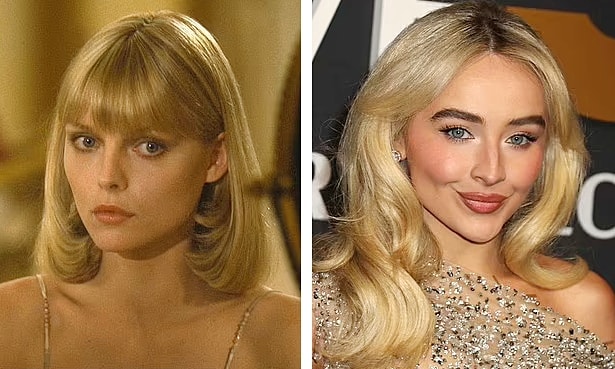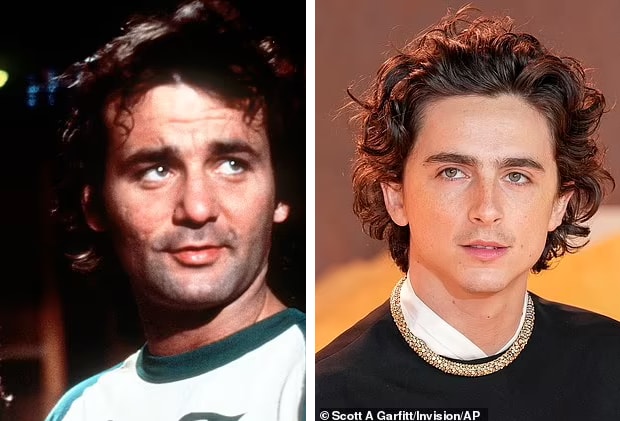Many young female stars in the entertainment industry have recently attracted attention, but not in the way they want, but for looking at least 10 years older than their actual age.

Not only celebrities, this trend is also spreading among young Gen Z people. According to experts, one of the main reasons is the abuse of cosmetic injections such as botox and fillers.
Dr. Auriel Willette, associate professor specializing in aging research at Rutgers University, USA, said many young women start injecting fillers and botox as teenagers.
Fillers are injected under the skin to add volume and improve facial contours. However, Willette warns that overuse at too young an age can cause the skin to stretch, resulting in a puffy or “pillow face” appearance.
Dr. Mary Ghere, a plastic surgeon in Los Angeles, agrees. She explains that fillers can cause the skin to lose collagen and elastin, which are important components that help maintain youthfulness. When the filler wears off, the skin cannot contract as well, accelerating the aging process.
Common areas where fillers are injected include the lips, cheeks, and under-eye area. The number of women using fillers in the US has nearly tripled in the past decade, from 1.8 million injections in 2010 to 5.3 million in 2023.
Botox is also a factor in accelerating the aging process. It works by temporarily paralyzing facial muscles, but if used over a long period of time, it can cause the muscles to atrophy, making the face look older.
In addition, the popularity of diet pills and similar drugs is another cause.
Dr. Jennifer Levine, a leading cosmetic surgeon in New York, says rapid weight loss from medication can make your face look gaunt and aged. When you lose weight, your face loses its natural fat, which can easily be mistaken for aging.
Personal trainer Jillian Michaels recently studied the aging effects of diet pills and was shocked by what she found. Some patients taking the pills looked 10 years older in just 12 months. What's more, their skin was less elastic, more prone to wrinkles, and took longer to heal. Even the connective tissue or superficial fascia (the layer of tissue that connects the muscles of the face and neck to the skin and plays a key role in facial expression) was becoming thinner and weaker.
While Gen Z women are aging prematurely, men tend to look younger. Stars like Tom Holland (nearly 30 years old) or Thomas Brodie-Sangster (34 years old) still maintain their youthful appearance.

Dr. Willette believes that one possible cause is rising levels of estrogen in the environment. The hormone can seep into water supplies through birth control pills and agricultural runoff. Some studies have shown that estrogen can affect animals, even changing the sex of fish when levels in water are too high.
Additionally, many plastic products can release chemicals that mimic estrogen, exposing men to these hormones from a young age. This can make their faces softer and less angular, thus making them look younger.
In addition to hormonal factors, experts also point out that better diet, lifestyle and self-care habits also help men maintain a youthful appearance. Nowadays, they pay more attention to protein supplementation, staying hydrated and maintaining quality sleep. These are all important factors that help produce collagen and restore the skin.
Furthermore, more and more men are turning to Botox and fillers, but they often use less than women to maintain a natural appearance. In addition, they spend money to keep their hair thick and beautiful, avoiding baldness.
Overall, a combination of healthy lifestyles, advanced cosmetic technology, and environmental hormonal changes can help men look younger than ever, while Gen Z women are facing unwanted consequences from excessive beauty treatments.
TB (according to VnExpress)